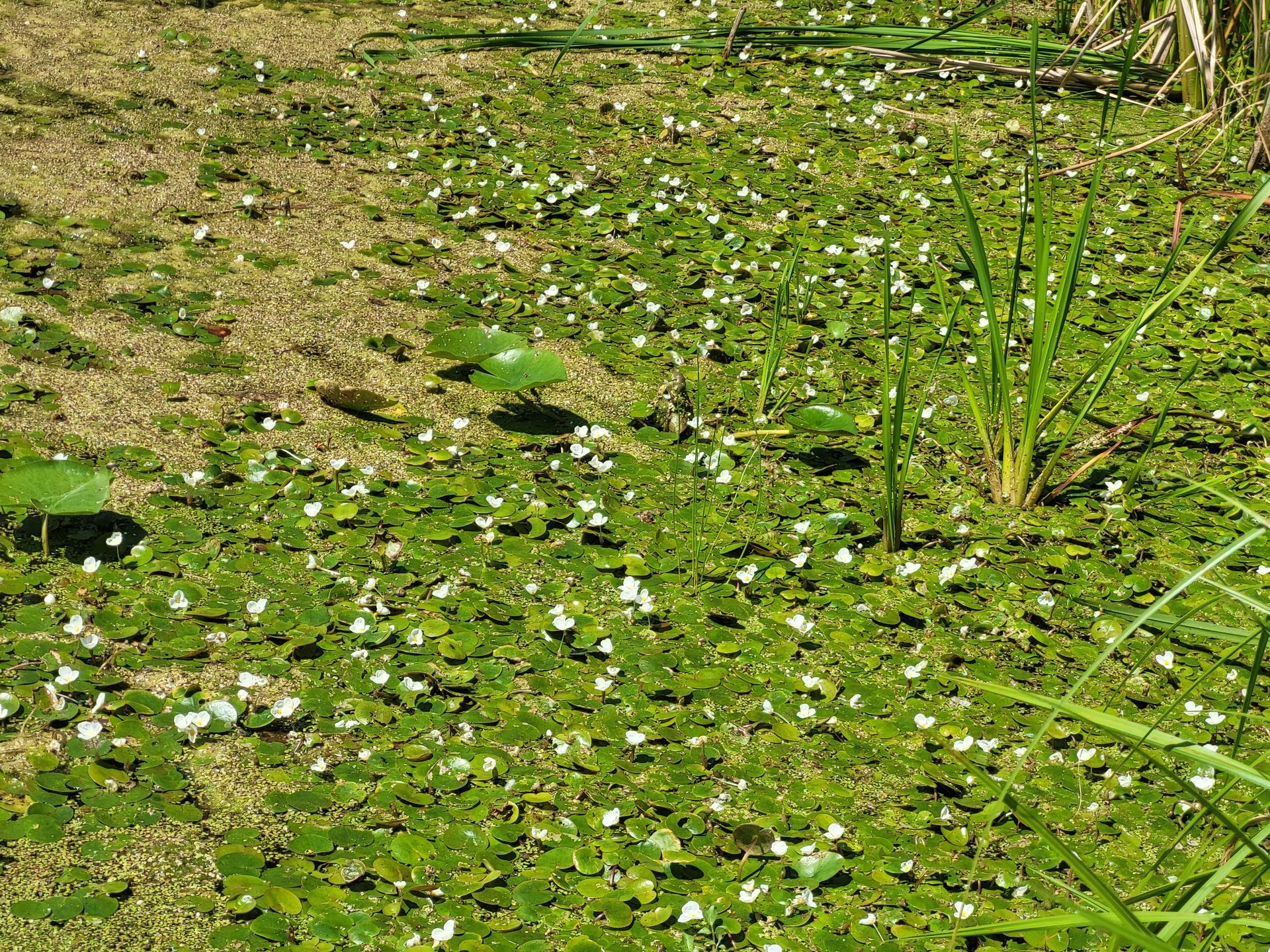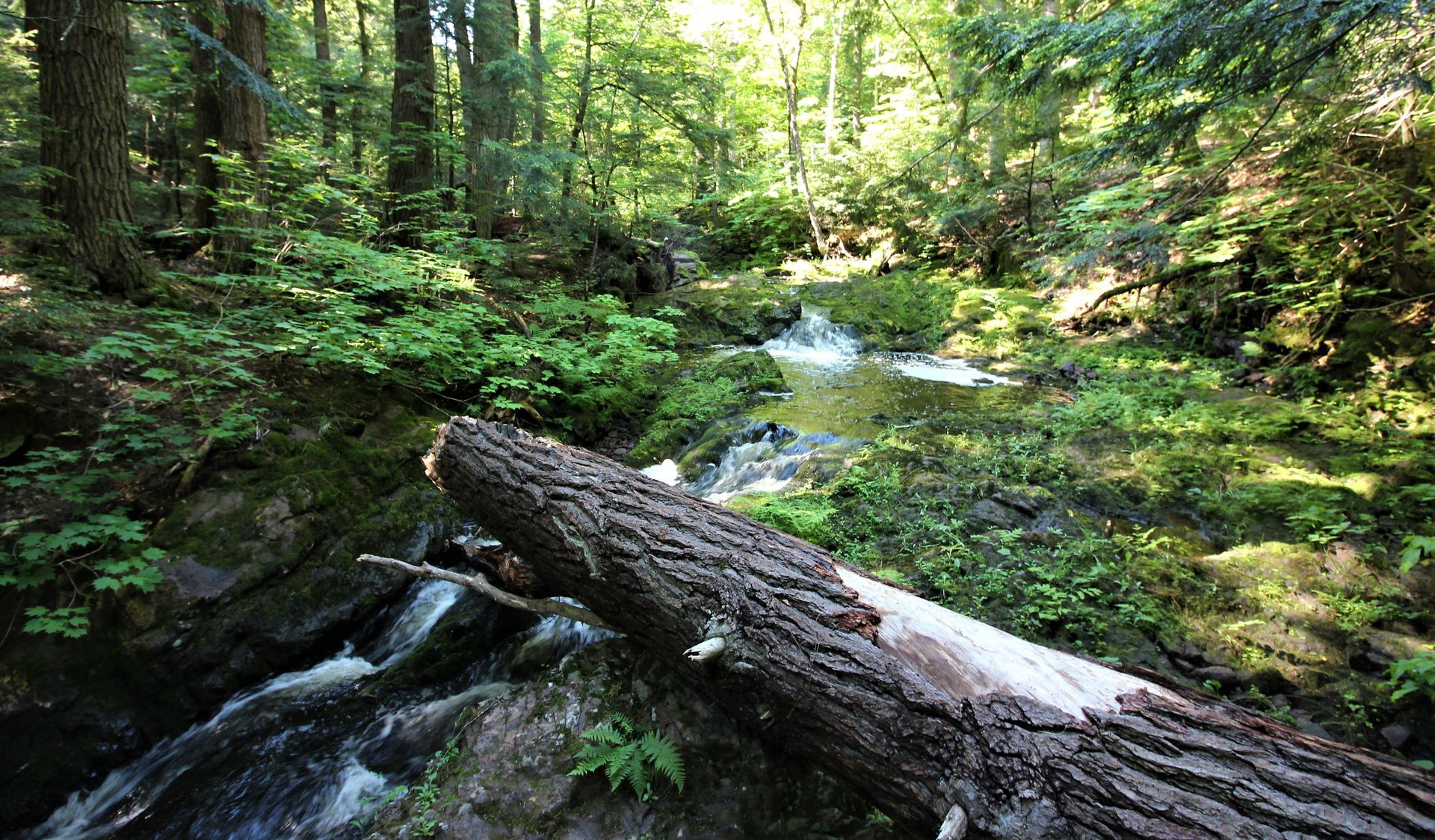Summer Berry Foraging
Spring and summer give way to the sweet splendors of berries. Besides the popular blueberries and strawberries, Michigan is also home to juniper berries, bramble berries, elderberries, juneberries and staghorn sumac berries. Each is well worth the effort and summer berry foraging can be done on state land.
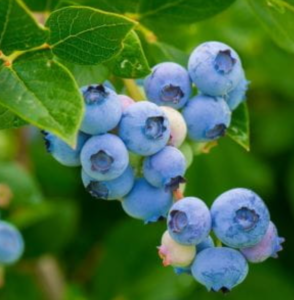
Wild Blueberries
Although it may not seem like it today, berry season starts in late April and ends in September, depending on where you are in the state. When foraging try not to damage or remove the plant so the location will remain a great place to forage. Also, be courteous to others and wildlife by leaving some berries in the bush. To forage all you need is a basket and the ability to identify berries. Properly identifying the fruit makes sure the berries gathered are edible. Wild berries, like any food, can cause allergic reactions. If you have never ingested the fruit before, make sure to do it where help is readily available.
Blueberries
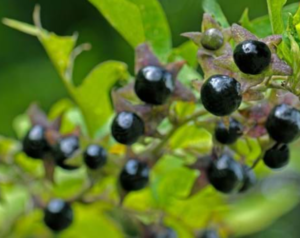
Deadly Nightshade
These sweet fruits are rich in vitamin C and antioxidants. They are best eaten fresh but can also be dried, jammed, and used in baking.
Blueberries are a woody shrub, with pointed leaves, pink/white flowers, and purple berries with a 5 point crown. They grow in fire-prone areas with acidic soils and ripen mid to late summer. The best locations for foraging are in recently burned locations.
Nightshade can sometimes be confused with blueberries. Nightshade berries are poisonous, black, shiny, and lack the 5 point crown. Do not ingest.
Strawberries
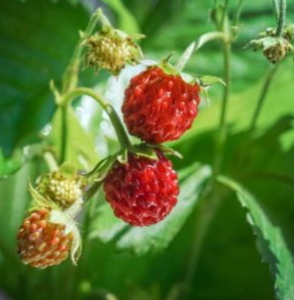
Wild Strawberry
There are two native strawberries in Michigan, wild and woodland. They are equally as sweet and juicy as the store-bought variety, but much smaller. They are eaten fresh, dried and jammed. Native strawberries can be harvested starting in late April.
Hardwood forests, swamps, forest edges and rocky
woodlands are prime habitats for woodland strawberries. Wild strawberries prefer to grow in drier, open, sunny areas.
The strawberry plant is short and grows along runners. Leaves are toothed and grow in groups of three.
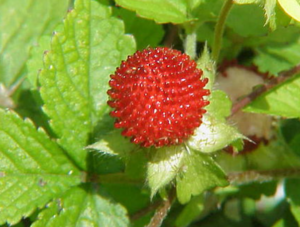
Invasive Mock Strawberry
The flowers are white and have 5 petals. Woodland strawberries have more conical fruit while wild strawberries are more circular. Both plants have fruit that grows pointing down. Invasive mock strawberries can be easily confused with native strawberries. Although not poisonous, they do have an unpleasant taste and texture. The fruit of the invasive plant grows straight up from the vine instead of downwards.
Juniper Berries
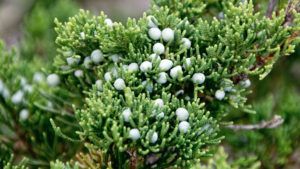
Eastern Red Cedar
Unlike other berries, juniper berries are used as spices. They can be used in a wide variety of dishes, such as sauerkraut, game meat and fish. The flavor is very intense and described as being woody and citrusy. Common juniper and, the milder, eastern red cedar can be
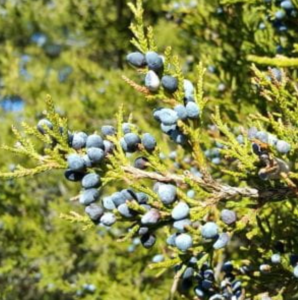
Common Juniper
harvested for berries. Common junipers have blue-green scale-like leaves that grow in groups of three. The bark looks shredded and the berries are long, blue and fleshy. Eastern red cedars have scale-like leaves that grow close to the stems, the bark is fibrous and the berries are small and blue. Many other junipers are not edible, make sure to identify the plant properly. Junipers are frequently found in dry, open, disturbed areas.
Bramble Berries
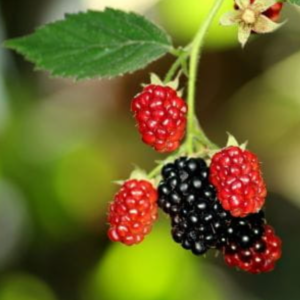
Bramble berry
Bramble berries are an overall classification of raspberries, blackberries, black raspberries and thimbleberries. They are segmented sweet berries that are hollow in the middle and are best eaten fresh. But can be dried, jammed, or used in baked goods. Early summer is when the berries ripen. Woodlands, forests and acidic soils are habitats for bramble berries.
Bramble berries are woody vines and have toothed leaves that grow in groups of three. The stems often have thorns or sharp spines. The berries can be bright red or dark blue.
Elderberries
Elderberries are tart, earthy berries that aren’t overwhelmingly sweet. They

Elderberry
are very nutritious and have amazing health benefits. Some use the berry to help with the flu or common cold, it has been shown to reduce inflation and improve heart health. From July through September the berries are ripe. Woodland edges and partial shade are where elderberries grow.
Growing in shrubs and thickets, with opposite leaves and clusters of star-shaped flowers. The berries are dark purple and grow in groups.
Pokeweed, a poisonous berry, can be easily mistaken for elderberries. Unlike elderberries, pokeweed has red stems and waxy leaves.
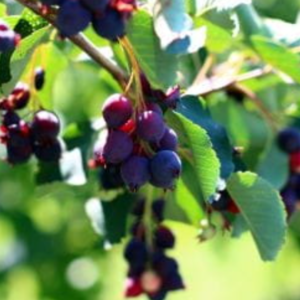
Juneberry
Juneberries
Juneberries are much like blueberries and can be eaten in the same way. Instead of growing low to the ground, juneberries grow in shrubby trees. The leaves are oval and finely toothed, the flowers are white and small. Purple berries hang from the branches, and like blueberries, they have a crown.
Woodland edges, sandy lots and hardwood forests are preferred habitats for juneberries.
Staghorn Sumac Berries

Staghorn Sumac Berry
Staghorn berries look like no other berry, they grow in bright red fuzzy horns from the stem. Like junipers, the berries are used as spices rather than eaten directly. They have a bright lemony flavor but can be very tart. Many people make lemonade and add these berries for spice.
Sumac prefers to grow in open areas like grasslands, prairies, roadsides and woodland edges.
Poison sumac is often mistaken for staghorn sumac, but poison sumac grows in swamps instead of being found in open prairies. The berries are whitish-green and the leaves are smooth.
Foraging is a fantastic hobby that is completely free and opens up your palette to many new tastes. Besides berries, fiddleheads can also be foraged, unfortunately only on private land. As long as the practice doesn’t damage the plant, you can forage on public lands. To find out more about foraging in Michigan, click HERE.
To help protect your rights to hunt, fish and trap, be sure to join MUCC here.
The post Summer Berry Foraging appeared first on Michigan United Conservation Clubs.
Recent Posts
